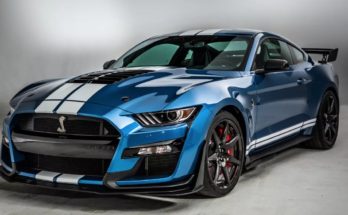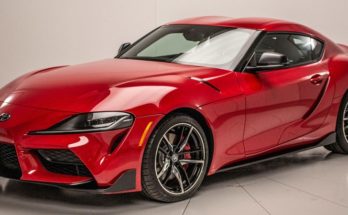The Hudson Motor Car Company may not sound familiar to you, but its contribution to the early automobile industry should be taken into account when researching and enjoying classic cars. Hudson was active in the industry between 1909 and 1957, spanning several decades where automobiles were quickly being adapted to suit the needs and wants of clients who were doing everything from taking Sunday drives to traveling Route 66. Near the end of its run, the Hudson Motor Car Company merged with another vehicle company, the Nash Kelvinator Corporation, which resulted in the new American Motors Corporation, the largest merger in U.S. history up to that point. Later, of course, it folded into the Chrysler corporation.
It started out quite promising for Hudson, which was comprised of a group of eight businessmen in the Detroit, Michigan area. Their goal was to produce a low-cost vehicle that would appeal to the masses, rather than marketing a higher-priced car for a smaller, elite audience. The 1910 Roadster became the best-selling production vehicle in American history, selling over 4,000 vehicles that year. The success of Hudson’s first endeavor catapulted it into 17th place in the industry, a jump unheard of at the time, especially with so much competition.
The accolades and records kept rolling in, with Hudson being the first vehicle company to utilize a balanced crankshaft (allowing the six-cylinder “Super Six” engine to exceed the performance of other six-cylinders on the market), generator warning lights, and dual brakes. Upward mobility reached its peak in 1929, with factories producing vehicles in the U.S. and Europe, which led to Hudson reaching the position of third largest car company in the U.S., only behind Chevrolet and Ford. It helped that Hudson’s lower-budget vehicle line, the Essex, was so popular. Together, Hudson and Essex produced over 300,000 vehicles in one year. Essex would later be phased out in favor of the new line Terraplane.
Along with Hudson’s other firsts was the inclusion of women in automobile design. In 1939, Hudson hired one of the first female designers, a woman by the name of Elizabeth Ann Thatcher, a graduate from the Cleveland School of the Arts. Though she only designed for the Hudson company for a few years in the late 30’s and early 40’s, her contributions extended beyond her time there, and she is responsible for much interior design as well as a few exterior choices that helped pull the Hudson into the 1940’s. Of course, production ceased for a period in the mid 1940’s as World War II took hold and many car companies were instructed to create military vehicles. After the war, Hudson’s vehicles were taken into the racing arena, winning several NASCAR events in the early 1950’s.
If you like the look of classic vehicles, it’s worth taking a look through Google Images or various fan sites to gaze at the these gorgeous old models. The 1934 Hudson Eight Convertible Coupe, in particular, are what dreams are made of when it comes to classic cars. The square body, the curves over the wheels, the solemn majesty of such a touring vehicle make me long for the glamorous lifestyle of the 1930’s.
There are lots of other interesting stories and facts about the Hudson line, if you’d care to learn more about the inventor who spent his time restoring Hudsons, or the kids’ movie that featured a Hudson Hornet.


